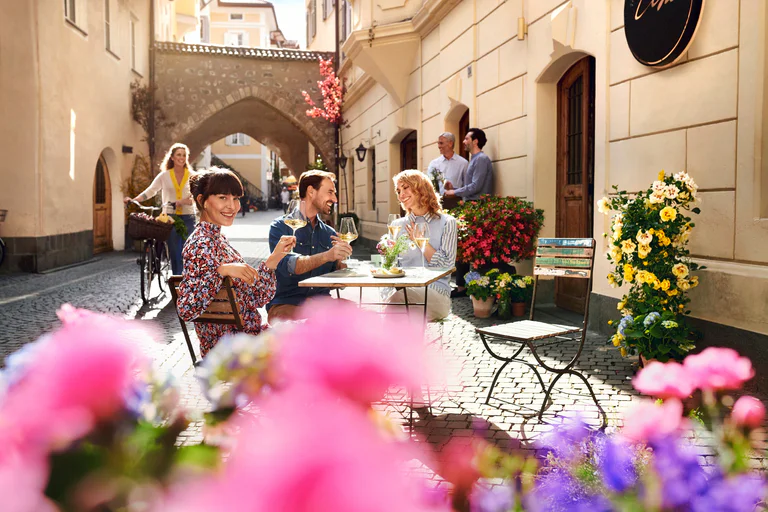The Multscher and Town Museum of Sterzing is housed in the Deutschhaus, a former Teutonic Order commandery next to the parish church. The museum houses the largest part of the former late Gothic altarpiece by the famous sculptor and painter Hans Multscher from Ulm. The altar wings are amongst the most important works of art in the southern German region and are considered the last major work of the Ulm master. The altar was created between 1456 and 1459 for the parish church „Unsere liebe Frau im Moos”.
Furthermore, the museum houses imperial fiefs and confirmation documents, privileges and regulations of various craft guilds, seals, guild signs, and guild chests. The premises themselves are already a sight worth seeing and worth a visit. They serve as an information source about the local history of the Brothers and Knights of the Teutonic Order (1254-1809). Particularly noteworthy is the "Count's Room" („Grafenzimmer"), where valuable ceiling frescoes from four different South Tyrolean monasteries are located, and on the walls, there is a panoramic view of the Sterzing basin with culturally significant details. An insight into St. Elisabeth's Church completes the visit.
The museum is about five minutes away from the town center of Sterzing.
Guided tours by appointment: +39 0472 766464 | museum@sterzing.eu


























